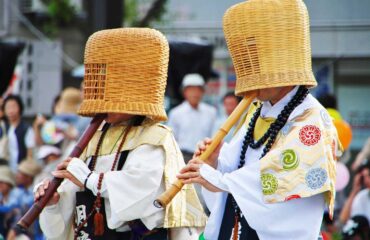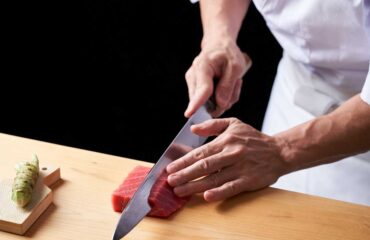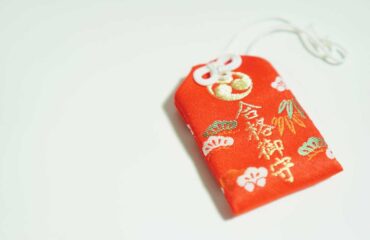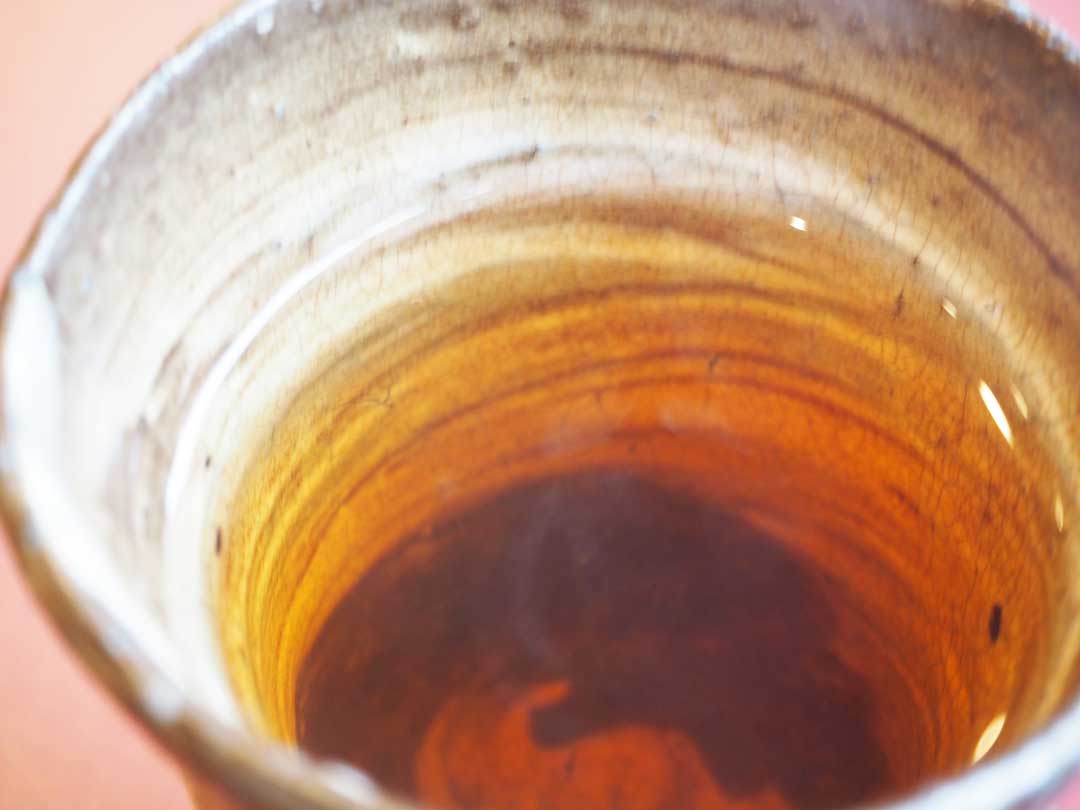
Hello, everyone! Have you noticed the frequent appearance of “Hojicha” in convenience stores and cafes recently?
What image do you have when you hear Hojicha?
With its distinctive aroma and unique flavor, it is a tea that is popular across all ages.
In this article, let’s delve deeper into the charming world of Hojicha!
What is Hojicha?
Hojicha refers to a type of tea made by roasting Sencha, Bancha, or Kukicha.
It is characterized by its distinctive aroma and refreshing taste, derived from roasting over high heat.
The tea is brown in color and due to the evaporation of tannins, which bring bitterness, it is easier to drink compared to other teas such as Sencha and Bancha.
Roasting Process Brings Out the Flavor
The production process of Hojicha involves roasting processed green tea until it turns brown at around 200℃.
Originally, it was a method to make lower-quality tea tasty, with mainly low-grade teas such as Kukicha and Bancha used.
However, tea made from leaves harvested late in the first tea season is considered high-quality.
Additionally, there’s also “Kuki-Hojicha”, made by roasting the stems of tea plants.
Roasting produces a compound called pyrazine in the tea leaves, resulting in a unique, aromatic flavor.
Furthermore, the astringency unique to tea is softened, resulting in a lighter and easier-to-drink finish.
The change in leaf color from green to brown is also due to the generation of pyrazine.
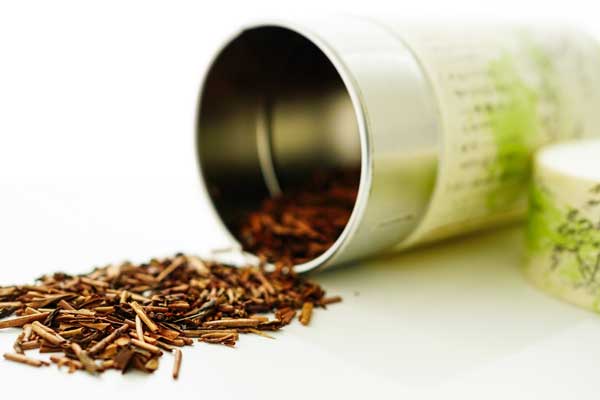
Make Hojicha at Home!
Interestingly, even without using a tool called “Saibiroku”, roasting for Hojicha can be done with a frying pan you have at home.
Here is a simple method to make Hojicha using a frying pan:
- First, spread the tea leaves flat in a frying pan and heat it over medium heat.
- Without stirring immediately, let it be for a while to prevent burning.
- Once the aroma starts to rise, stir with a spatula and continue roasting until the tea leaves turn the color you prefer.
After the roasting is complete, let’s brew the Hojicha.
The key is to use boiling water to bring out the aroma. Also, let it steep until you think it’s slightly strong (about 30 seconds is a good guide).
That’s all about the basics of Hojicha and how to make it at home.
The aromatic flavor and the lesser astringency offer a charm that you won’t forget once you try it.
Why not try making your own Hojicha at home?
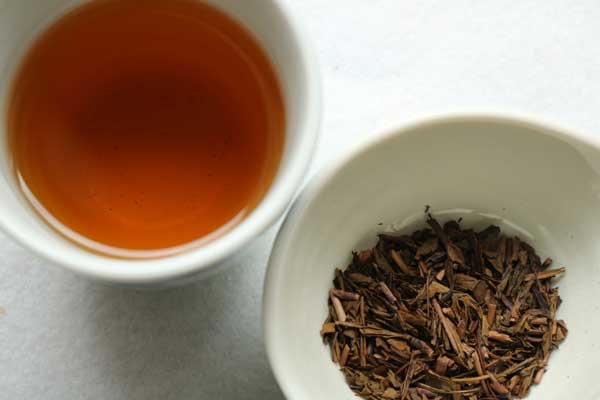
The Components of Hojicha and Their Benefits
We’re going to take a closer look at how this unique tea contributes to our health by examining the components of hojicha and their benefits.
Hojicha is loved by many for its distinctive aroma and crisp flavor.
In addition to these qualities, it is also rich in various nutrients, making it an excellent beverage for both beauty and health.
Let’s now go through the key components of hojicha and their individual benefits.
Theanine
First off, let’s talk about theanine, an amino acid found in hojicha.
Theanine not only contributes to the tea’s umami and sweetness, but it is also known for its relaxing effect.
In addition, it can help sustain concentration, alleviate stress, improve blood circulation, relieve menopausal symptoms, and even mitigate premenstrual syndrome (PMS).
Pyrazine
Next up is pyrazine, the compound responsible for hojicha’s appealing aroma, often referred to as the ‘fragrance of deliciousness.’
Pyrazine is produced when hojicha is heated, lending the tea its unique toasted scent.
This compound is believed to contribute to mental stability, improved blood circulation, alleviation of cold sensitivity, relief of shoulder stiffness, correction of menstrual irregularities, and resolution of skin issues such as dullness, dark circles,
and rough skin. In essence, the comforting scent of hojicha primarily comes from pyrazine.
Catechin
Hojicha also contains catechins, which are thought to suppress the absorption of fats and carbohydrates and help burn body fat.
This makes hojicha an ideal drink for those looking to manage their weight.
Moreover, catechins are known for their antibacterial and sterilizing properties, potentially helping to combat bad breath and cavities by eliminating bacteria.
They can also prevent food poisoning, curb the proliferation of H.
pylori bacteria, and even stave off E. coli O-157.
Vitamin C
The vitamin C content in hojicha is heat-resistant and approximately five times that found in lemons.
Vitamin C can help maintain plump, moisturized skin and aid in the synthesis of adrenal cortical hormones, which counteract stress.
Thus, it is also beneficial for stress management.
Vitamin E
Hojicha is also rich in vitamin E, a nutrient that activates cells and can help prevent cancer and aging.
Other benefits associated with vitamin E include improving blood circulation, preventing arteriosclerosis and heart attacks, and regulating hormonal balance.
Interestingly, when vitamin E is consumed with vitamin C, it is absorbed more efficiently.
Therefore, hojicha, which contains both vitamins, is an excellent beverage for efficiently ingesting these nutrients.
Chlorophyll
Lastly, hojicha contains chlorophyll, which is known to improve blood flow and promote a healthy blood state.
It can also help alleviate body and bad breath caused by intestinal issues.
Moreover, chlorophyll aids in the expulsion of bad cholesterol and the regulation of blood lipid concentration.
As a result, it can help decrease cholesterol levels and prevent lifestyle diseases such as arteriosclerosis and diabetes.
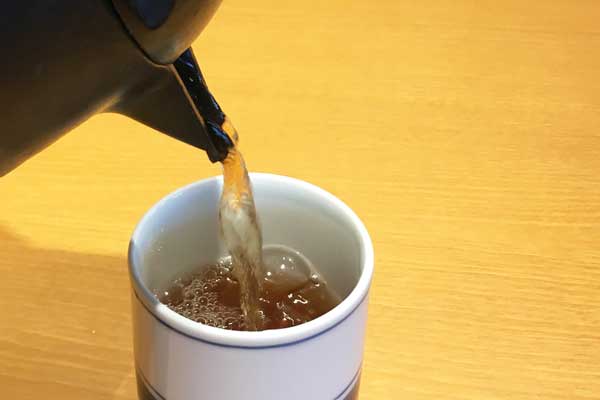
Conclusion
In conclusion, we’ve explored the allure of Hojicha and the health benefits of its components in detail.
Hojicha is not only delicious, but also offers various health benefits.
Incorporate it into your daily life and experience its flavor, aroma, and the gifts it brings to your health.
Let’s continue to enjoy a rich life with tea.
Other Introduction
Tradition of Japanese Tea Ceremony (Sado)

